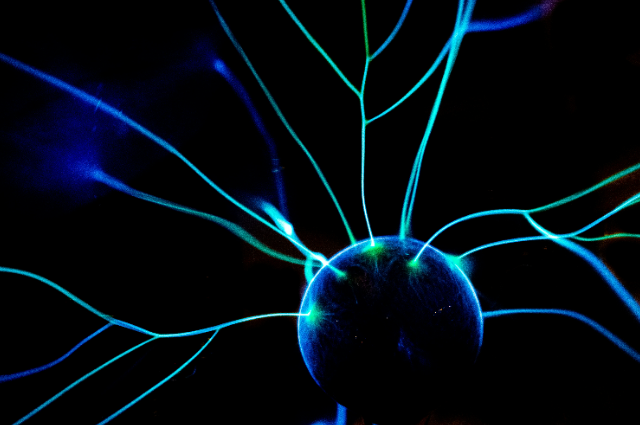
Photo by Moritz Kindler on Unsplash
In an exciting advancement in neuroscience, researchers have identified a new type of brain cell that plays a critical role in how we recognize and remember objects. These specialized neurons called Ovoid Cells, are located in the hippocampus - a part of the brain responsible for memory formation. Scientists have found these cells not only in humans but also in mice and other mammals, suggesting they play a universal role in memory processing.
Scientists have recently identified ovoid cells, a specialized type of neuron that plays a crucial role in object recognition memory. These cells help the brain differentiate between familiar and new objects, ensuring that memories of previously encountered items are stored for long-term recall.
The Function of Ovoid Cells: How Our Brain Recognizes Objects
Ovoid cells are highly specialized neurons that activate whenever we encounter a new object. This activation triggers a process that enables the brain to store the image of that object in memory. Over time, these cells help us differentiate between objects we have seen before and those that are new. This ability to recognize and recall objects can last for months or even years, contributing to our overall perception of the world.
Implications for Neurological Disorders
This discovery is not just a breakthrough in understanding memory but also offers potential insights into various brain disorders. Since object recognition is essential for daily life, conditions that impair this ability—such as Alzheimer’s disease, Autism Spectrum Disorder (ASD), and epilepsy—could be better understood through further research on ovoid cells. By studying how these cells function and interact with other parts of the brain, scientists may develop new treatments or therapies for memory-related conditions.
Published Findings and Expert Opinions
The study, published in Nature Communications, highlights the groundbreaking nature of this discovery. Dr. Mark Cembrowski, the study’s senior author and an associate professor of cellular and physiological sciences at the University of British Columbia (UBC), emphasized the importance of object recognition in shaping human experiences. According to him, "Object recognition memory is central to our identity and how we interact with the world." This statement underscores how memory functions are deeply tied to our sense of self and daily interactions.
The identification of ovoid cells marks a significant step in understanding how the brain processes and stores memories. This discovery not only advances scientific knowledge but also opens new possibilities for treating neurological disorders that affect memory and recognition. As research continues, scientists hope to uncover more about how these cells work and how they might be connected to improve brain health in the future.
The Role of Ovoid Cells in Memory and Brain Disorders
Understanding Familiarity and Its Importance
Recognizing whether an object is familiar or new is a fundamental cognitive process that impacts everything from basic survival to daily activities. This ability plays a critical role in memory and has significant implications for various neurological disorders, particularly those that affect cognitive function. Diseases such as Alzheimer's and epilepsy often involve disruptions in memory, making it essential to understand the biological mechanisms that regulate recognition and recall.
The Discovery of Ovoid Cells
Within the hippocampus—a region of the brain crucial for learning and memory—scientists have identified a small but distinct population of neurons known as ovoid cells. These cells are named for their unique, egg-like shape and have been found in both humans and animals, including mice. Although they exist in relatively small numbers but their role in brain function is believed to be significant.
The discovery of these cells was made by Adrienne Kinman, a PhD student working in Dr. Cembrowski’s research laboratory. While examining a brain sample from a mouse, Kinman observed a cluster of neurons that exhibited highly distinct patterns of gene expression. This unusual genetic activity led researchers to investigate further by revealing that ovoid cells differ from other neurons not only in their structure but also in their cellular properties, functionality, and the way they connect to other neurons in the brain.
Investigating Their Role in Brain Disorders
Following their initial findings, researchers are now exploring how ovoid cells may contribute to various neurological conditions. Their primary hypothesis suggests that when these cells become dysregulated—either by becoming overly active or not active enough—they may contribute to the development or progression of disorders such as Alzheimer's disease and epilepsy.
By studying how these cells function under normal conditions and how they behave when things go wrong, scientists hope to uncover new insights into the mechanisms behind memory-related diseases. If ovoid cells play a key role in cognitive function and neurological health, they could become a target for future therapies aimed at treating or even preventing these debilitating conditions.
As research continues, the scientific community is eager to determine whether these newly identified neurons hold the key to unlocking new treatments for memory disorders, potentially improving the lives of millions affected by these conditions.
. . .
References:
